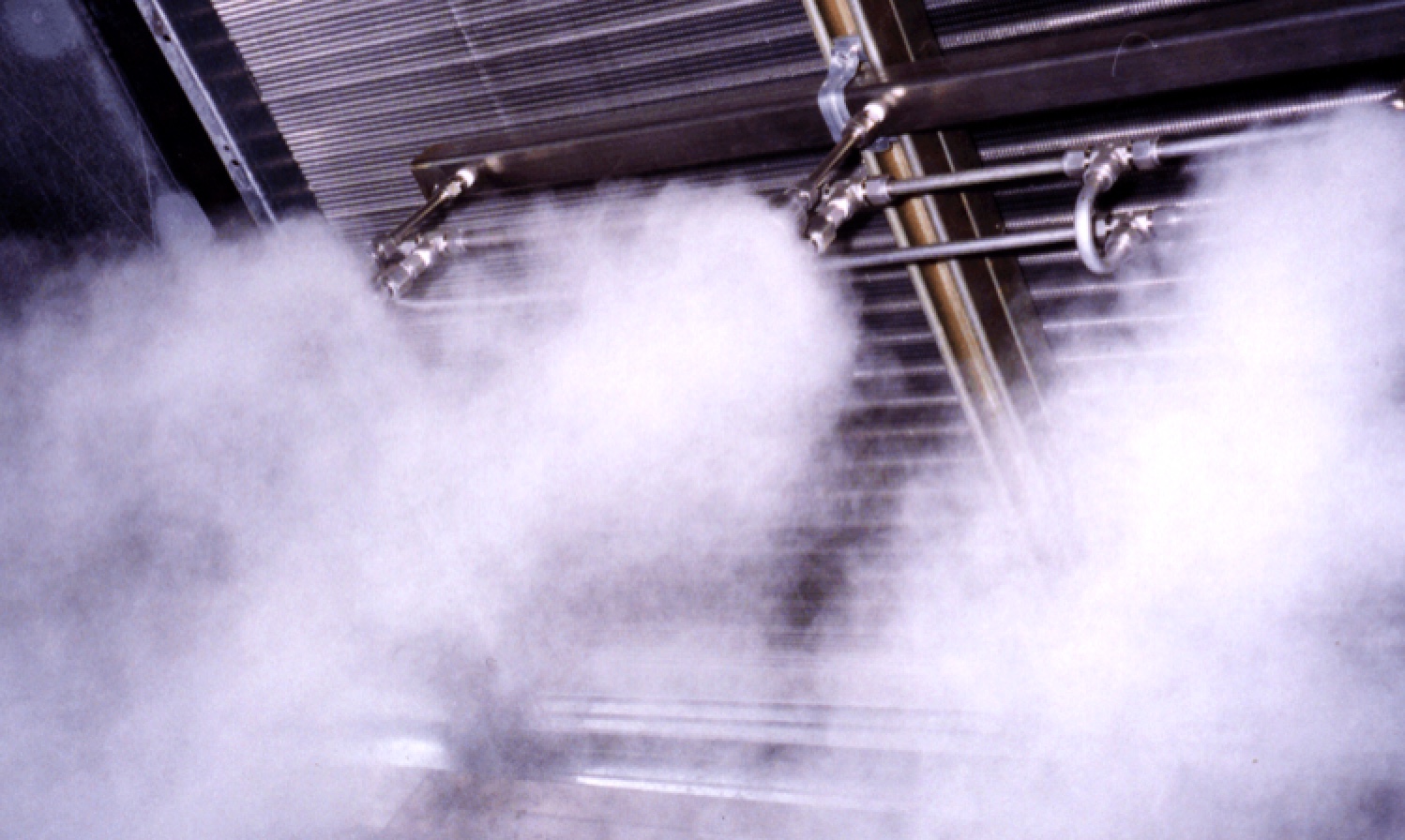
Humidity affects many properties of air and of materials in contact with air. A huge variety of manufacturing, storage and testing processes are humidity-critical that’s why humidity controls are used to prevent condensation, corrosion, mold, warping or other spoilage. However the cost of controlling humidity, through air-conditioning systems or other means, can take a significant amount of energy. To minimize these costs, there are six key factors to consider:
1.Survey the building construction
2.Calculate humidification load
3.Determine the best energy source
4.Select proper water type
5.Humidification system location
6.Appropriate controls selection
1. Survey the building construction/design of the building envelope:
A humidity controlled building must not leak large amounts of air. To minimize air leaks install a continuous vapor barrier, examine all areas of conditioned air loss (exhaust fans, windows, doors, etc), locate vapor retarders on warm side of wall (inside from insulation) and avoid thermal bridge (single glazing, metal casing of doors/windows).
2. Calculate humidification load:
Humidification load is dominated by outdoor air entering and leaving the building or space. Dry outdoor air enters via two paths – ventilation or infiltration. Load is based on the amount of outside air entering the building or space. If the calculation isn’t done properly under sizing can occur leading to the inability to maintain desired relative humidity. If over sizing occurs the result is irregular humidity levels or wet ducts.
3. Determine the best energy source:
Adiabatic humidifiers use heat from surrounding air to change water into vapor. Examples include: pressurized water atomizers, ultrasonic, wetted media and compressed air foggers. Isothermal Systems use heat added to the water. These types of systems include: steam boilers, unfired steam generators, electrode type (plastic cylinders), electric resistive heater type, steam heat exchangers and gas-fired humidifiers.
4. Select proper water type:
Types of water vary for humidification systems, but make a difference in performance and maintenance. Common types include: potable (tap) water from city or well source, softened water, reverse osmosis (RO) water – filtered to remove most of minerals/contaminants, and de-ionized (DI) water – high quality and free of minerals/contaminants.
5. Humidification system location:
Several factors go into determining the best location: access to energy (electric, gas or steam), water source, drain availability, and access for maintenance. Also important is the available absorption distance which will affect system choice. Dispersed steam must be absorbed before it comes in contact with downstream objects such as fans, vanes and filters. Adiabatic units need to be positioned where sufficient heat is available to vaporize water being added.
6. Appropriate controls selection:
When selecting humidity controls it’s important to determine: desired relative humidity set point, acceptable relative humidity variances, space temperature (stable temperatures must be maintained for accurate humidity control), and component quality – select controls that match the application.
For help in designing a humidification system for your exact application, contact the team at Campbell-Sevey.

